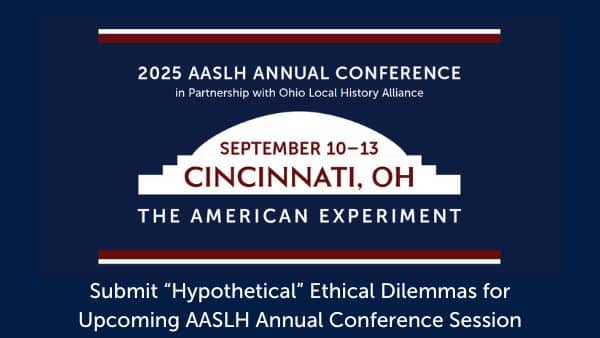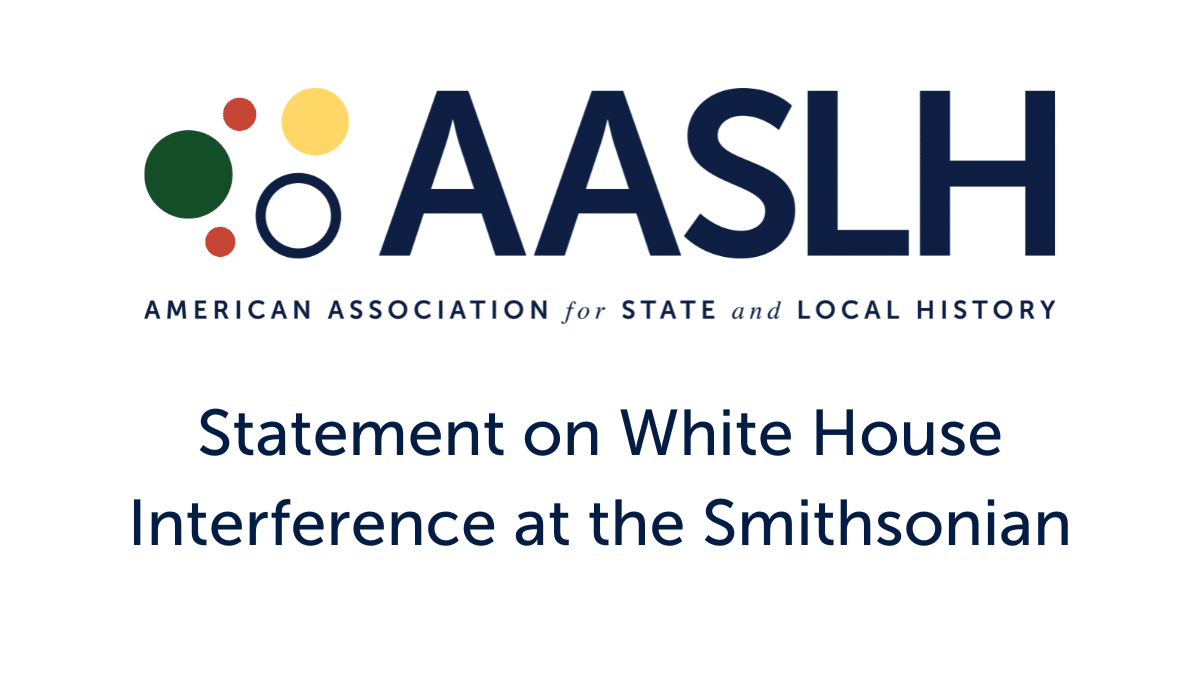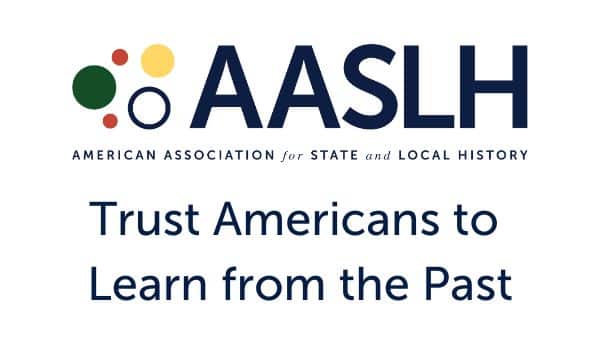
By Nathan Wuertenberg
July 26 marked the 30th anniversary of the passage of the Americans with Disabilities Act (ADA), a landmark civil rights law that affirmed this nation’s commitment to equality and inclusion. As organizations shift programming online in the wake of COVID-19, and as more museums and sites create virtual tours, it is essential that we consider accessibility in each step of the process so that these public-facing resources accessible for all. In that spirit, I would like to share a few lessons learned and examples from my personal experience as a legally-blind historian who is working to make history accessible for all.
Last year, I served as an AmeriCorps member for the Clio Foundation, the non-profit organization that sponsors the free app and website Clio. Named in honor of the muse of history, Clio connects people to nearby historic sites, museums, and landmarks with GPS technology. Clio also offers walking tours, and in the wake of COVID-19, the organization has launched a way for museums and sites to create virtual tours that include audio narration, text, images, media, sources, and links. Clio is a non-profit and free for everyone, and thanks to a grant from the National Endowment for the Humanities. Clio is working this year to improve its accessibility for users with visual impairments in partnership with the American Federation for the Blind. Dr. David Trowbridge, an associate professor of history at Marshall University in West Virginia, created Clio in the belief that historic knowledge should be free and available for everyone. This grant will help to take the project one step closer to that goal. Clio currently includes 35,000 individual entries, 700 walking tours, and nearly 100 virtual tours of museums and sites. With between 5,000-10,000 daily users, accessibility is essential.
My involvement with this project represents a very personal commitment for me. At the age of twelve, I was diagnosed with a degenerative condition known as retinitis pigmentosa. RP, as those “in the know” call it, affects the process by which rods and cones are properly disposed in the retina and can, over time, cause total blindness. It’s a highly individualized disorder, but in my case the years since my diagnosis have left me with almost no peripheral vision and limited central vision. According to legal definitions, I am blind.
In the almost two decades since I first learned that I had RP, I’ve had plenty of time to come to terms with the potential eventualities of living with it. Initially, however, I struggled with the possibility that there were places and people in the world I might never see. The question of whether I would ever take in the sights of Rome or Paris or New York had never occurred to me before. This struggle led me to the study of history and a Ph.D. program at George Washington University. By diving into books about the Punic Wars, Belle Époque, or Harlem Renaissance, I could pretend I was standing in the Roman Forum, strolling through the Montmartre district, or taking a seat at the Cotton Club.
History helped me see parts of the world I never imagined existed, not just as they are in the modern day, but as they’ve been throughout the ages.

In many ways, Clio accomplishes on a screen just what I was trying to do in my head. With a few taps on their phone or clicks on their computer, users can see parts of the world they might never visit and learn things they never thought to consider. Even better, Clio shows its users that sights worth seeing and learning about aren’t just hundreds or thousands of miles away, but right around the corner. History is everywhere we look, and it surrounds us and serves as the foundation of how we see the world around us. In short, history provides vision, and that it as true for me as anyone else. I chose to serve as an AmeriCorps member with Clio because I believed in its mission of providing connections and access. Clio is only one of many resources, and I hope that our work will provide a model for other digital resources and projects.
Our first steps were to build a simple way for users to change text size, screen contrast, background colors, and alt-text for images. Our second task was to build a simple text-to-speech interface along with a place for authors to embed original audio that can include narration from museum professionals, scholars, and oral history clips. Our current task is to enhance the platform so that it works well with each of the leading screen readers. Working with the American Federation for the Blind has been key to this process. AFB already has extensive experience using digital technologies to make historical knowledge more accessible through projects like its fully accessible Hellen Keller Archive.
Working with people and organization that represent the community you serve is essential, and that’s especially true when thinking about accessibility.
AFB’s assistance on this project is providing our developers with invaluable insight into how Clio can use preexisting features like audio narration and emerging technologies like augmented reality to make the app and website more accessible for users with visual impairments. For just shy of a century, AFB has been opening doors for people like me and its partnership with Clio is one more step in its efforts to make the world a more accessible place.
Our partnership with AFB, like the larger project, is personal for me. The first person to explain my condition to me in terms I understood was someone from AFB. Where my doctors had failed, an employee of AFB who also had retinitis pigmentosa succeeded. The American Federation for the Blind helped me, for the first time, feel like I wasn’t alone. It also gave me reason to hope for the future. My hope now is that the partnership between AFB and Clio can help someone like me feel the same way: part of a world that’s a bit less lonely where yesterday and tomorrow seem a little closer than before.
As we turn to digital programming for events and build and utilize platforms to reach the public in the wake of COVID-19, I hope that we will make accessibility a priority. I would like to personally thank the NEH and other supporters of this project, and encourage museums and organizations to use Clio and other accessible digital resources as they work to reach the public.
Nathan Wuertenberg is an ABD doctoral candidate at George Washington University with teaching and editing experience. He is the co-author of Demand the Impossible: Essays in History as Activism (Washington, D.C.: Westphalia Press, 2018). He is also the founder of The Activist History Review. Nathan served as a part-time AmeriCorps member with Clio in 2019.
Download our April 2020 recorded webinar with Dr. Trowbridge “AASLH Conversations: Building a No-Cost Virtual Tour of Museums and Historic Sites with Clio” in the Resource Center.



